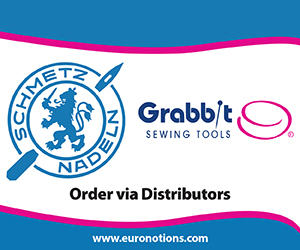
Inventory management. What a scary phrase, right? And when spoken as a task it can sound even worse.
But all business owners know how important inventory management can be. How is anyone supposed to know how much of a new product a business should order? Being small business owners makes these processes a little harder when time is already thin.
For those of you who don’t know, inventory management is the process of tracking assets and stock items. Inventory management follows the flow of goods from the moment you order product from a manufacturer to delivery to your local store and finally to the point of sale.
The goal is to keep as good of records as possible for each new and returned item in your store.

Building your own excel sheet is a good start for keeping track of your inventory. Another way to make the numbers more personal is by including the cost of the inventory in the spreadsheet as well.
Stock review is an important manual step in the inventory management process; simply analyze what’s on hand versus what you will need in the future. Of course you can always order product for a customer if they request it; but isn’t it handy for both of you when it’s already in supply?
Another plus of inventory management is that the process forces you to keep records; be sure to review these records once a year to know your best selling products during certain seasons. This can also help with new product predictions too. Keep in mind the ABC system when you’re doing this to keep you focused and organized, where
- A equals high-value, low quantity goods,
- B equals moderate value, moderate quantity goods, and
- C equals low value, high quantity goods.
There are systems in place now to help with the financial side of inventory as well. Since each business owner has their own personal preference, I recommend this article that may help you make the best decision for yourself on what system to purchase.
Once you get this system in place, it can help you determine your reorder point and the amount of stock you want to keep on hand. Knowledge is power, and the more quality data you have on your inventory can save you time and money.
If you’re looking for more information to guide you in owning a retail business, subscribe to American Quilt Retailer today. Already a subscriber? No worries—join our Facebook group for insights and dialogue from industry specialists like you.




